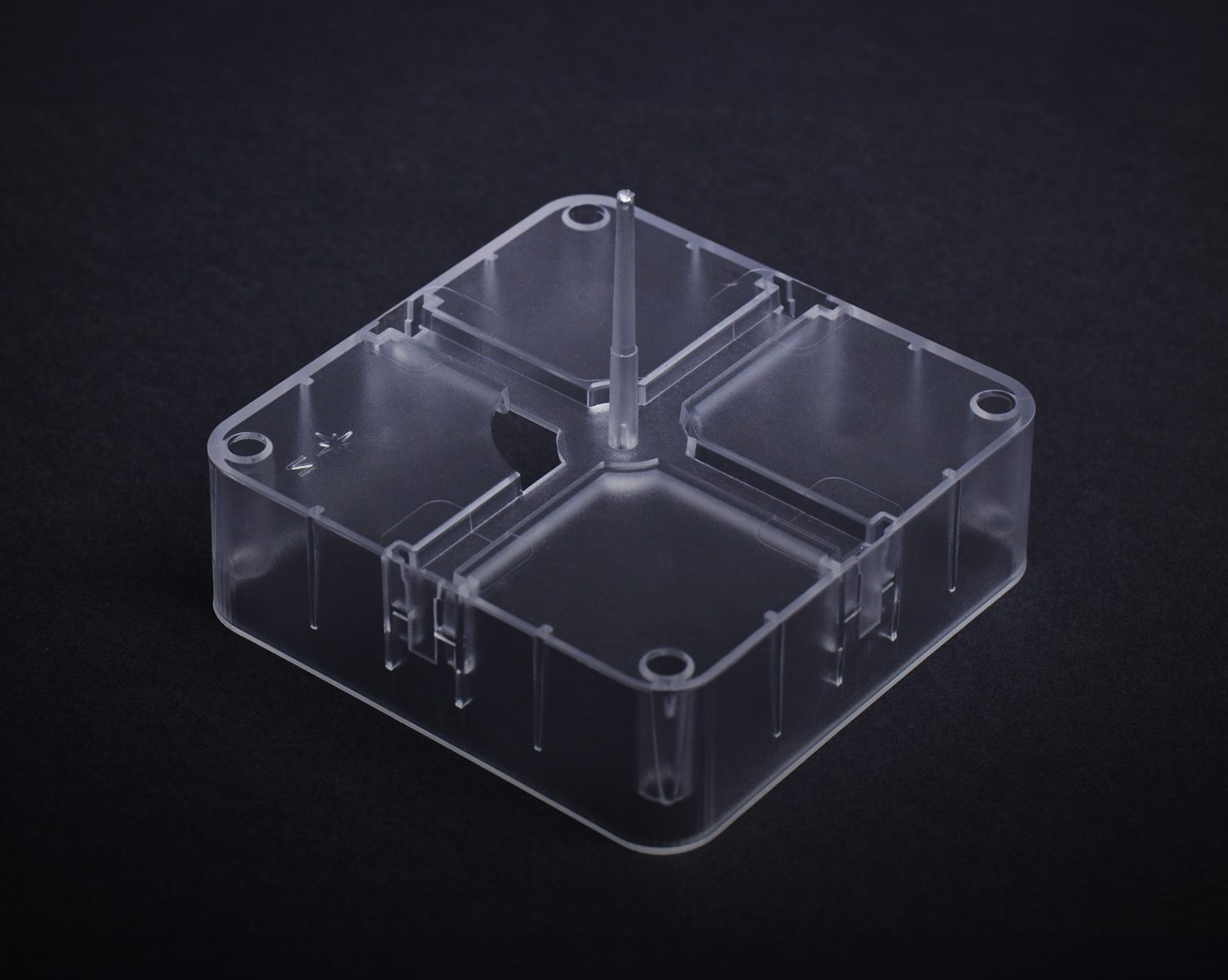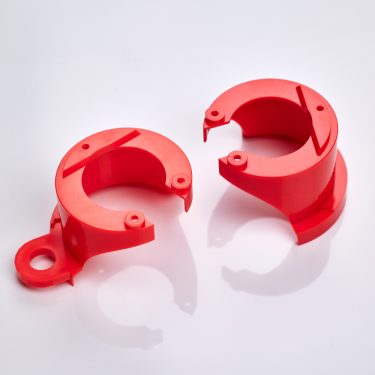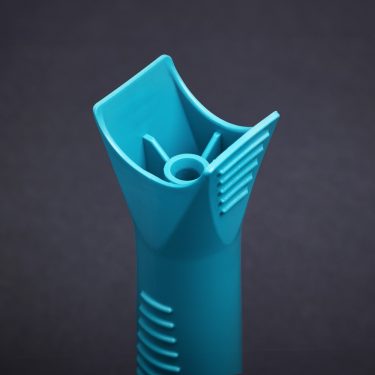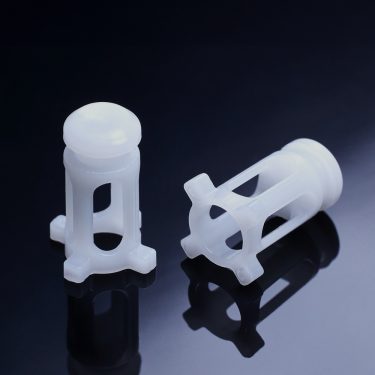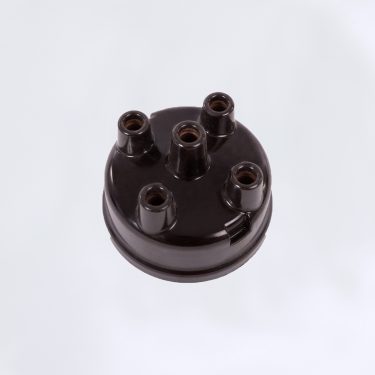Low Volume & Prototypes through Injection Moulding or Additive Manufacturing
Short Lead Times
Custom Consultation
Up to 100,000 Parts
Injection Moulded Parts
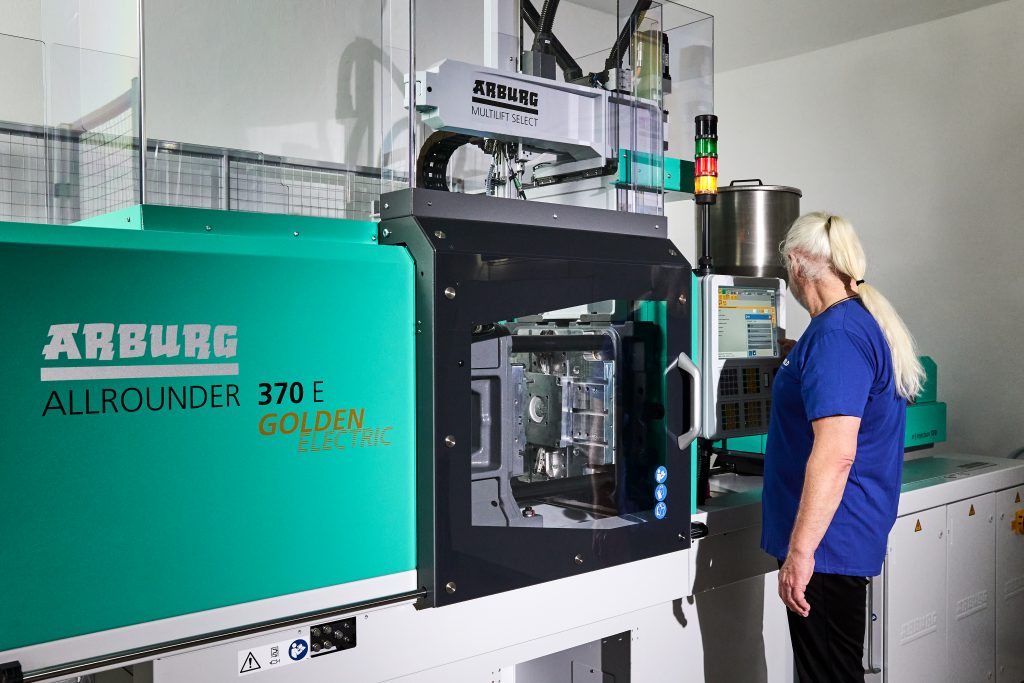
Injection moulding is one of the most widespread technologies for producing plastic components. We use this proven method to manufacture precise and immediately usable moulded parts, whether in small series or as prototypes. Our wide range includes components weighing approximately 300 grams to micro-injection moulding, which we can achieve with our Babyplast machine. Using your CAD data, we shape your desired component exactly to your specifications.
As for materials, we offer an extensive selection and can, of course, use your desired original material for manufacturing your component.
Rapid Tooling
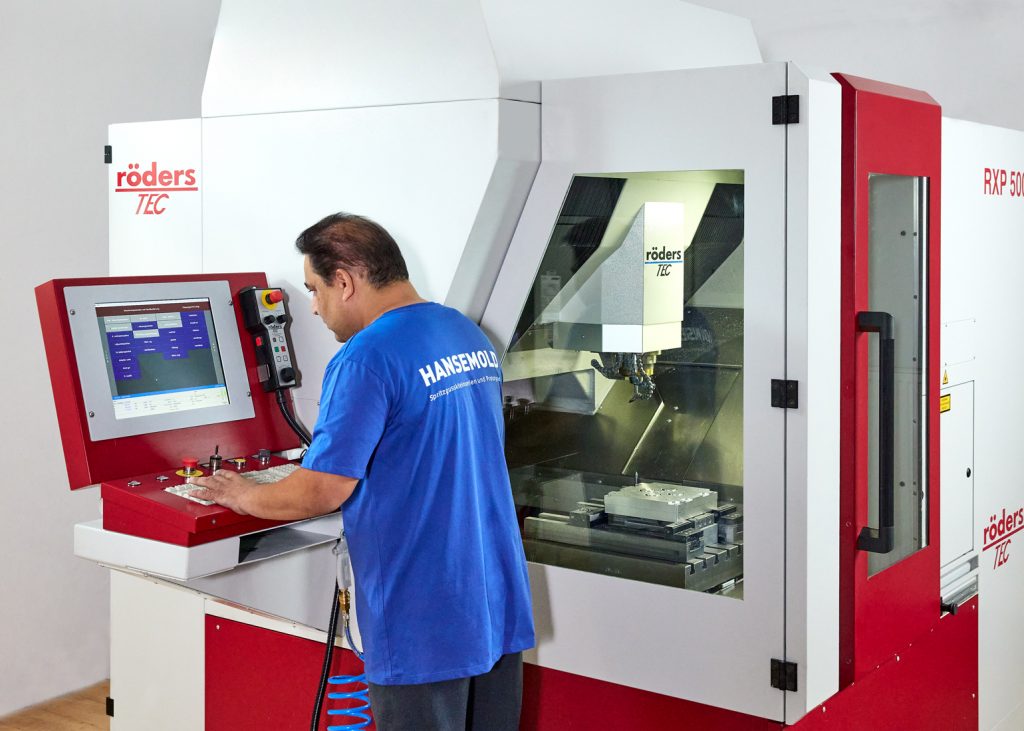
At Hansemold, we employ the Rapid Tooling process, an extremely efficient method for producing aluminum injection moulds. Our HSC milling machines enable fast and cost-effective tool construction. Combined with our proven core mold system, these tools allow for high-quality injection moulding. The key advantage lies in speed and cost-efficiency compared to traditional steel tooling.
We can rapidly and economically produce small and medium-sized product series of up to 100,000 components, pilot projects, and of course, prototypes.
Additive Manufacturing
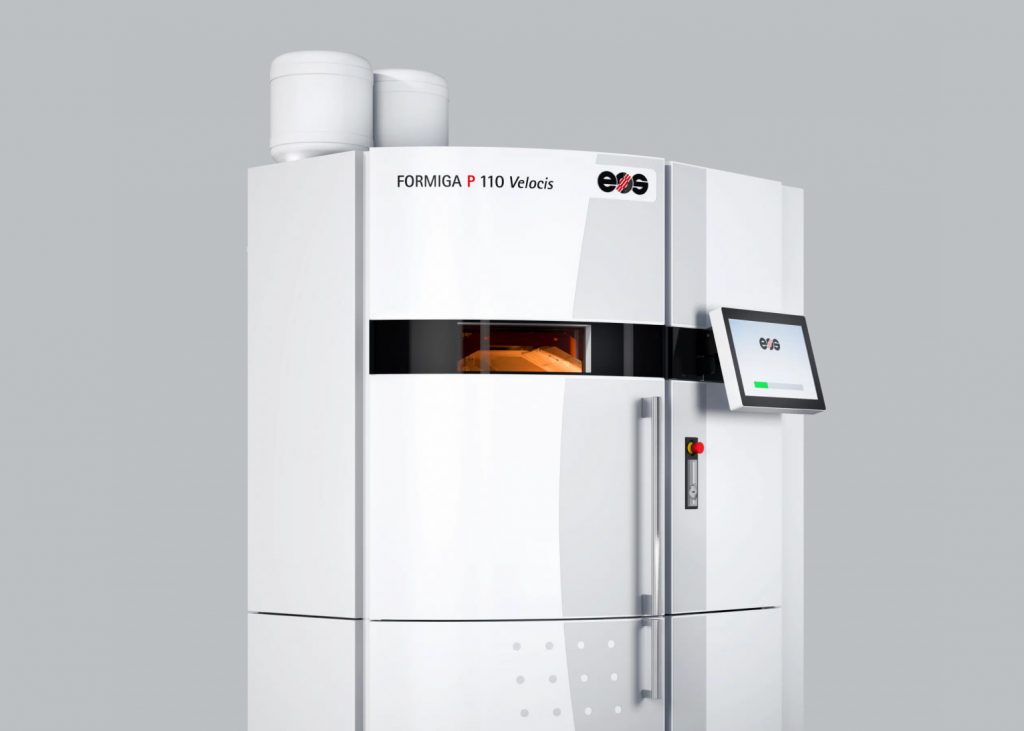
Additive Manufacturing is a professional production method that significantly differs from subtractive processes. Nowadays, the term 3D printing is often used synonymously with additive manufacturing.
Additive Manufacturing is now found in many fields. It can produce prototypes and small series as well as visual or functional models. Moreover, it is often more cost-effective and faster than traditional tooling methods.
Our Strength: Everything Under One Roof
Welcome to Hansemold, your reliable partner for low volume and prototypes. Clear solutions are our focus. We cover the entire manufacturing process in-house, from the initial idea to the final product.
Our strengths:
- Everything under one roof: We value simplicity. There are no unnecessary loops with us. Our tooling department and the injection moulding process are part of our comprehensive package.
- Practical and solid: We believe in solid work without excessive complexity. Our focus is on implementation, not grand promises.
- Reliability: On-time deliveries and budget adherence are a given for us. Our customers can rely on us.
Whether you need prototypes to validate your ideas or small series for production, we are ready to realize your projects. Contact us today to discuss your requirements. With us, you’ll find clear and trustworthy solutions without unnecessary complexity.
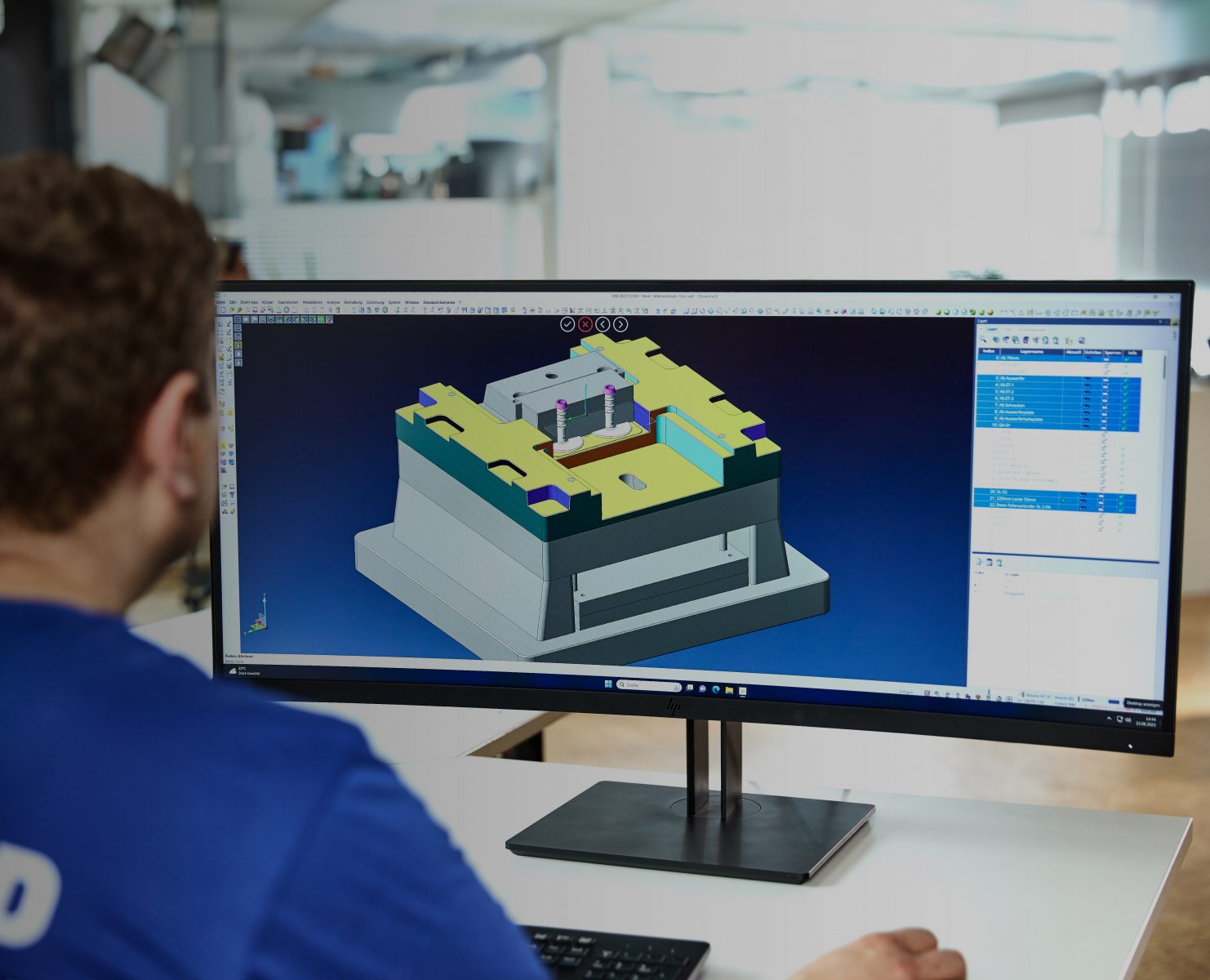
We at Hansemold Rely on Modern CAD/CAM Systems
Low Volume and Prototypes in Plastic
In the world of product development, Low volume and prototypes play a crucial role. They pave the way for the production of high-quality end products and offer the opportunity to realize design ideas, test functionalities, and incorporate customer feedback. Two of the most well-known methods to tackle this critical phase are injection moulding and additive manufacturing. Here, we take a closer look at the specifics and significance of these two techniques.
Injection Moulding: Precision and Cost Efficiency
Injection moulding is an established method for producing small series and prototypes in plastic. It is characterized by its high precision and efficiency. In this process, molten plastic is injected into a mold that reflects the desired shape of the final product. The advantage lies in the exact reproducibility of parts, which is crucial for small series.
Furthermore, injection moulding allows for the use of a wide range of plastic materials, enabling targeted adaptation to the specific requirements of a product. This flexibility is essential when creating prototypes that match the real conditions under which the final product will be used. Injection moulding also enables the production of complex geometries and precise tolerances, particularly beneficial for technically challenging prototypes.
Manufacturing Small Parts through Injection Molding: Innovation and Versatility
The production of small parts through injection molding expands the application areas of this process. It enables cost-effective manufacturing of precise and high-quality small parts in various production scales. The exact reproducibility makes injection molding particularly attractive for the production of both small and large series. The diversity of usable materials and the ability to realize complex shapes underscore the innovative potential of this process in the production of small parts for a wide range of industries.
Additive Manufacturing: Innovation and Design Freedom
Additive manufacturing, often referred to as 3D printing, has undergone remarkable development in recent years and is increasingly used for small series and prototypes. This process is based on the layered construction of components, providing unparalleled design freedom.
With 3D printing, prototypes can be created with complex shapes and internal structures that would be challenging to achieve with traditional methods. This is particularly advantageous in industries such as aerospace, medical technology, and the automotive sector, where innovative solutions are in demand. Additive manufacturing also offers the possibility to quickly produce iterations of the prototype to test and refine various design approaches.
Both techniques, injection moulding and additive manufacturing, are of great importance for the development of small series and prototypes in plastic. While injection molding stands for precise reproducibility and versatility, additive manufacturing offers creative freedom and the implementation of technical innovations. The collaboration of these two approaches has the potential to create high-quality products that meet the requirements and expectations of customers. These methods are ideal for turning the visions of developers and engineers into reality and driving innovation forward.
Request a Quote Now!
Feel free to contact us for a personal consultation.
